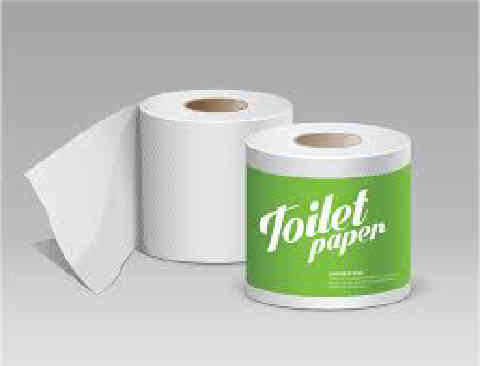3 Hidden Dangers of Toilet Paper You Should Know
- Advertisement -
Toilet paper is a staple in households around the world, widely used for daily personal hygiene. However, while it seems harmless, emerging evidence suggests that toilet paper may pose certain risks to both personal health and the environment.
TJ News Nigeria gathered that despite its convenience, the use of toilet paper can lead to health complications, environmental damage, and hygiene concerns if not carefully considered.
Here are three key dangers of toilet paper everyone should be aware of:
- Advertisement -
1. Harmful Chemicals That Can Irritate the Skin
Many commercial toilet paper brands contain chemical substances that may pose risks, particularly for sensitive skin. Common chemicals include:
-
Chlorine Bleach and Dioxins: To achieve that white, “clean” look, some brands bleach their products with chlorine. This process produces dioxins, toxic compounds that have been linked to immune suppression, hormone disruption, and cancer, according to environmental studies.
-
Fragrances and Dyes: Scented or printed toilet papers often contain synthetic fragrances and dyes. These additives can trigger skin irritation, allergic reactions, and hormonal disturbances.
-
Formaldehyde: This chemical is sometimes used to enhance the strength of the paper. It can lead to skin dryness, irritation, and even infections, especially with prolonged use.
- Advertisement -
2. Significant Environmental Impact
The environmental cost of toilet paper usage is often underestimated. The production process contributes to:
-
Deforestation: Millions of trees are cut down each year to meet global demand for toilet paper. This leads to habitat destruction, reduced biodiversity, and contributes to climate change.
-
High Water and Energy Consumption: Manufacturing toilet paper requires enormous amounts of water and energy. The bleaching process further introduces harmful chemicals into water bodies, affecting aquatic ecosystems.
-
Waste Accumulation: Some toilet papers, particularly those treated with chemicals, decompose slowly in landfills, adding to the global waste problem.
- Advertisement -
3. Hygiene Concerns and Risk of Infections
Toilet paper may not provide thorough cleaning, increasing the risk of:
-
Bacterial Infections: Residual matter left after wiping can lead to bacterial buildup, resulting in infections such as urinary tract infections (UTIs), especially among women.
-
Skin Damage: The friction from dry tissue can cause micro-tears in the delicate skin of the anal area, making it vulnerable to irritations and infections.
Also Read: Early Signs and Prevention of Diabetes: What You Need to Know to Stay Healthy
Safer Alternatives to Toilet Paper
- Advertisement -
To promote better hygiene and reduce environmental impact, experts recommend safer, eco-friendly alternatives, including:
-
Bidets: Bidets offer a water-based cleaning solution that is more effective and hygienic than wiping alone.
-
Biodegradable Wet Wipes: Unscented, chemical-free wet wipes that are biodegradable can reduce irritation and landfill waste.
-
Reusable Cloths: Soft, washable cloths can serve as a sustainable option for those committed to reducing paper waste.
Final Thoughts on Dangers of Toilet Paper
While toilet paper remains a popular hygiene product, its potential health risks and environmental costs cannot be ignored. By adopting safer alternatives and selecting eco-friendly, chemical-free tissue products, individuals can safeguard both their health and the planet.
Disclaimer: This article on Dangers of Toilet Paper provides general information and does not substitute professional medical advice. Always consult a qualified healthcare provider for specific medical guidance.
- Advertisement -


